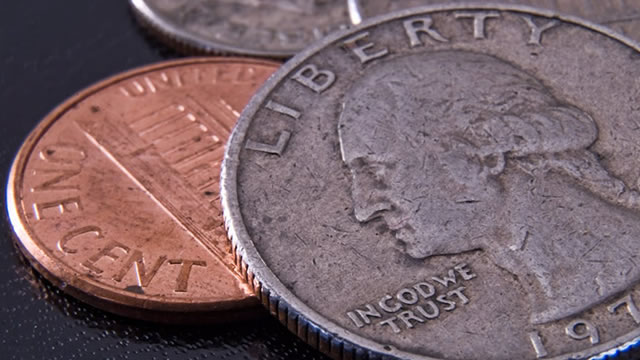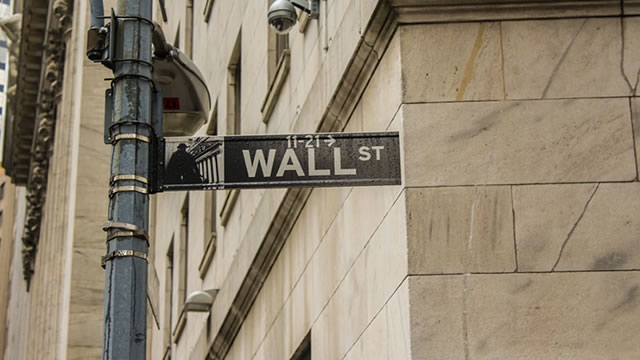Inflation and Economic Slowdown: A Complex Relationship
The ongoing trade tensions between the United States and various global powers have led to an increase in tariffs, resulting in higher prices for consumers. However, the economic slowdown, both domestically and internationally, poses an even greater challenge for policymakers. Jerome Powell, the Chairman of the Federal Reserve (Fed), and the Trump administration may find themselves aligning on a solution: cutting interest rates.
Inflation: A Persistent Issue
Tariffs, as a form of protectionist trade policy, aim to shield domestic industries from foreign competition. However, they also lead to higher prices for consumers due to the increased cost of imported goods. Inflation, the persistent increase in the general price level of goods and services, is a significant concern for the Fed. The central bank’s primary goal is to maintain price stability, which is crucial for a healthy economy.
Economic Slowdown: A Looming Threat
While inflation fueled by tariffs is a problem, an economic slowdown presents an even more significant challenge. An economic slowdown refers to a decrease in economic activity, as indicated by a decline in industrial production, employment, and consumer spending. This trend is visible in both the U.S. and various global economies, raising concerns about a potential recession.
Fed’s Response: Rate Cuts
In response to these economic headwinds, the Fed has signaled its intention to cut interest rates. The central bank’s primary tool to influence the economy is the federal funds rate, which is the interest rate at which banks lend to each other overnight. Lower interest rates make borrowing cheaper, which can stimulate economic activity by encouraging businesses to invest and consumers to spend.
Impact on Consumers
For consumers, lower interest rates can lead to lower borrowing costs for mortgages, car loans, and credit card debt. This can result in increased purchasing power and, in turn, higher consumer spending. However, it is essential to note that the full impact of rate cuts on consumers depends on various factors, including the overall economic conditions and the specific circumstances of individual consumers.
Impact on the World
The impact of interest rate cuts on the world economy is not a straightforward affair. Lower interest rates in the U.S. can lead to capital outflows from other countries, as investors seek higher returns on their investments. This can put downward pressure on the currencies of affected countries, making their exports more expensive and potentially harming their economies. However, lower interest rates can also boost global demand, which can help offset the negative effects of tariffs and trade tensions.
Conclusion
The relationship between inflation and economic slowdown is a complex one, with both issues presenting significant challenges for policymakers. The Fed’s response to these economic headwinds, in the form of interest rate cuts, can have far-reaching implications for consumers and the global economy. While lower borrowing costs can stimulate economic activity, they can also lead to unintended consequences, such as capital outflows and currency depreciation. It is essential for policymakers to carefully consider the potential impacts of their actions and work towards finding a balanced solution that addresses the needs of various stakeholders.
- Inflation fueled by tariffs is a concern for the Fed, but an economic slowdown poses an even greater challenge.
- Jerome Powell and the Trump administration may find themselves aligning on a solution: cutting interest rates.
- Lower interest rates can stimulate economic activity by encouraging businesses to invest and consumers to spend.
- The full impact of rate cuts on consumers depends on various factors, including the overall economic conditions and individual circumstances.
- Lower interest rates can lead to capital outflows and currency depreciation, potentially harming other economies.





